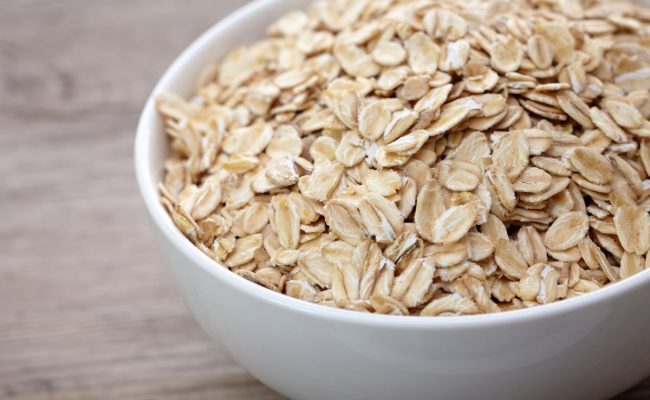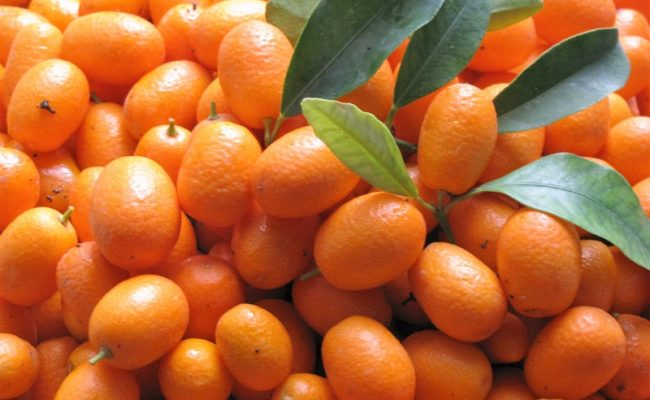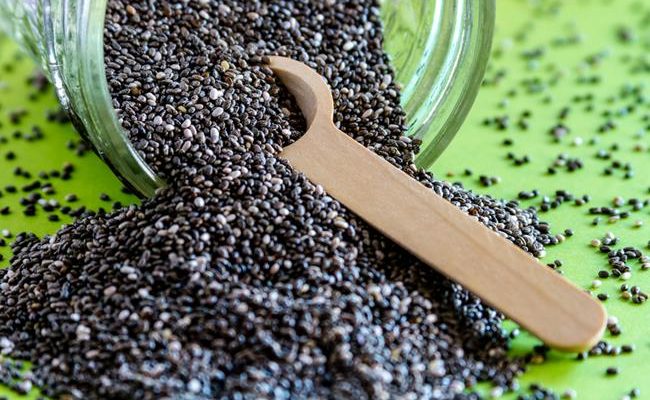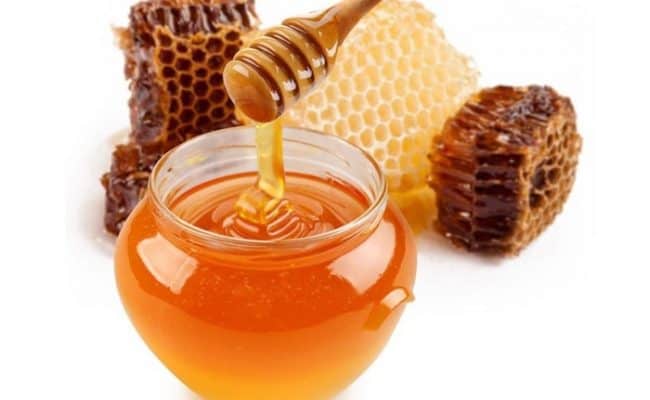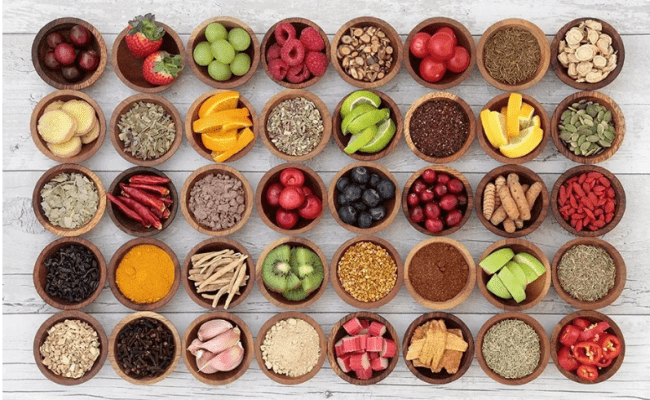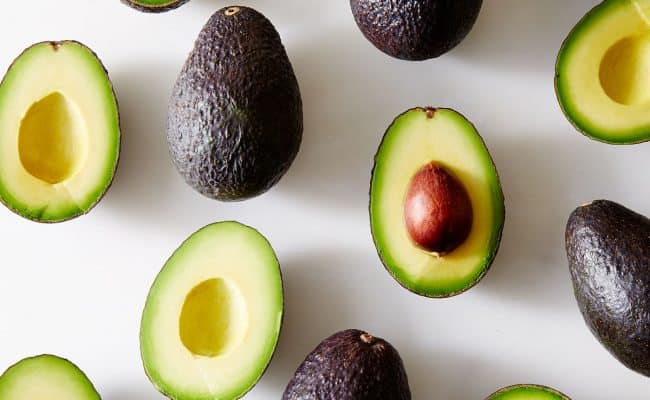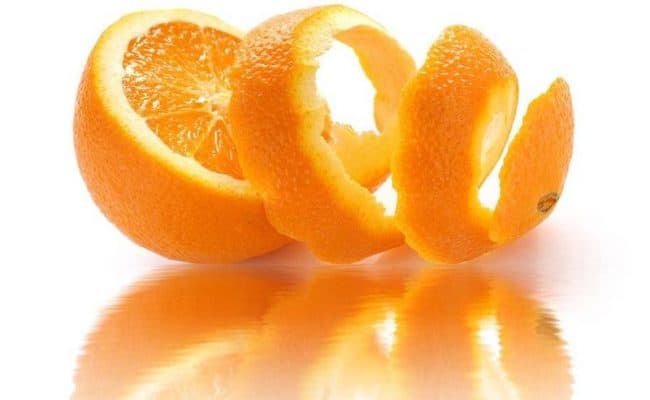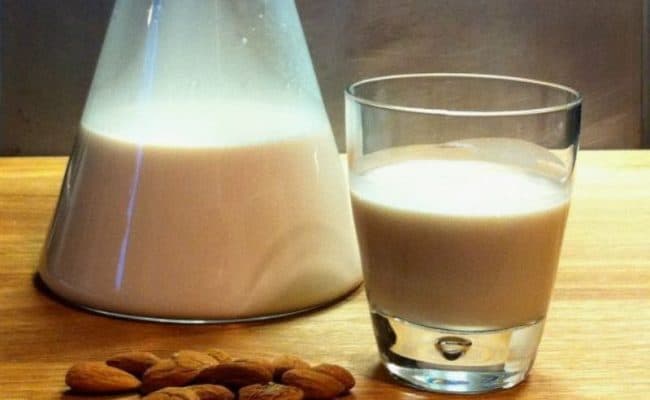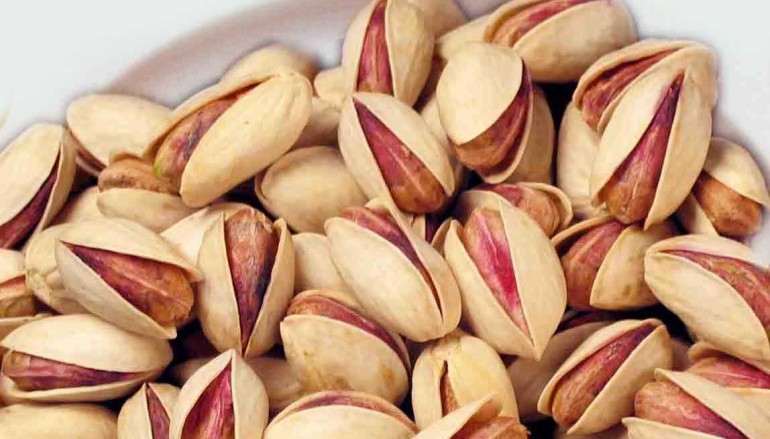
Pistachios have some unique qualities that are beneficial for weight loss. There is no need to avoid pistachios while trying to lose weight, but they should still be eaten in moderation as part of a balanced diet. For additional weight loss benefit from pistachios, eating them with the shell on may help control portion size. Taking the time to unshell them along with seeing the shells can provide positive feedback for satisfaction and portion control.
Pistachios can be part of a heart healthy diet
If you want to lose weight, a common presumption is you need to give up all high calorie foods and go on a low calorie diet. While this may hold some truth, in actuality you don’t need to give up all higher calorie foods for weight loss.
In fact, incorporating healthy higher calorie foods like nuts and olive oil can be part of a healthy, balanced diet conducive for weight loss.
Research studies have shown nut intake is not associated with weight gain but actually may be helpful for combating weight gain.
Nuts are notoriously high in fat which makes them higher in calories. However, the type of fat in nuts is primarily heart healthy.
Nuts are also a source of protein and fiber which both work to increase satiety after eating. An increase in satiety after eating can lead to a lower appetite.
Researchers also suggest we may not absorb all the fat in nuts. All these and possibly other factors together account for why eating nuts isn’t associated with weight gain.
Pistachios in particular have some unique qualities that may be beneficial for weight loss. So, there is no need to avoid pistachios while trying to lose weight, but they should still be eaten in moderation as part of a balanced diet.
How many calories in Pistachios?
An ounce of pistachios is about 49 kernels. This serving size provides about 159 calories, 13 grams of fat (20% DV), 8 grams of carbohydrates (2% DV), 2.9 grams of fiber (11% DV), 6 grams of protein (12% DV) and 25% DV vitamin B6. Of the 13 grams of fat in a serving, 8 grams are from monounsaturated fat, and only 1.6 grams are from saturated fat.
Eating about an ounce, or a small handful, of pistachios can be a satisfying snack for under 200 calories. You will be getting heart healthy fats, fiber, protein and a source of vitamin B6.
Nut consumption and weight loss
A 2013 review (1) analyzed data from 33 clinical trials looking at frequency of nut consumption and BMI. Researchers concluded diets that included nuts did not increase body weight or waist circumference compared to diets without nuts. How can this be?
Nuts are a good source of fat and calories, but some studies (2) have found the actual energy that gets absorbed from nuts is low.
This means while nuts do provide fat, we may not actually digest and absorb all the fat from nuts. Routine nut consumption may lead to a higher resting energy expenditure and higher thermic of food energy requirement.
Therefore, eating nuts may not only provide less energy than is available, our bodies may use more energy to process the food through digestion.
A 2012 study (3) confirmed pistachios also have a lower energy bioavailability than expected. This doesn’t mean you can eat all the pistachios you want without any concern for weight gain, but it does contribute to why incorporating nuts into your diet doesn’t increase risk of weight gain.
Pistachios can lower blood triglycerides
Eating pistachios can have beneficial role on heart health by lowering blood triglyceride levels especially when they are eaten in place of higher carbohydrate foods.
A 2010 study (4) analyzed the effect of incorporating pistachios into a weight loss diet would have on body weight and blood lipid levels.
Study participants were put onto a reduced calorie diet and one of two isocaloric groups for 12 weeks: afternoon snack of pistachios or afternoon snack of pretzels.
At 6 and 12 weeks, the pistachio group had significantly lower triglyceride levels compared to the pretzel group. Both groups lost a significant amount of weight at the end of 12 weeks.
This study suggests incorporating pistachios in place of low calorie, simple carbohydrate foods may have an additional benefit of lowering blood triglyceride levels without increasing risk for weight gain.
Shelled vs unshelled pistachios
Another way pistachio may be helpful for weight loss is taking the time to unshell them before eating.
A 2011 study (5) found consuming in shell or unshelled pistachios made a difference in how much participants ate.
When subjects were offered unshelled pistachios, they consumed an average of 211 calories. However, when subjects were offered shelled pistachios they consumed an average of 125 calories, 41% fewer calories.
There was no difference in satisfaction or fullness between groups.
So why might we eat more unshelled pistachios compared to shelled pistachios? Removing the shells means we have to slow down while we eat which may allow time for signals of being full and satisfied sent to our brain.
When we can mindlessly eat a food, whatever it is, we can eat well past the point of being satisfied. Seeing the shells also provides feedback to our brain for how much we have actually eaten.
Without this visual feedback, it’s easy to lose track of how much we really ate at one sitting.
Conclusion: Pistachios and weight loss
Eating pistachios as part of a balanced diet can be done while trying to lose weight. In fact, many studies have shown eating nuts does not increase risk for weight gain even though nuts are considered a high calorie, high fat food.
The energy we absorb from nuts may only be about 55-75%. The energy the body takes to break down nuts through digestion is increased. In addition, nuts also provide a source of protein and fiber which can keep satiety high after eating.
Most studies looking at nut intake and body weight have a moderate serving of nuts- about 1-1.5 ounces per day.
For additional weight loss benefit from pistachios, eating them with the shell on may help control portion size. Taking the time to unshell them along with seeing the shells can provide positive feedback for satisfaction and portion control.
